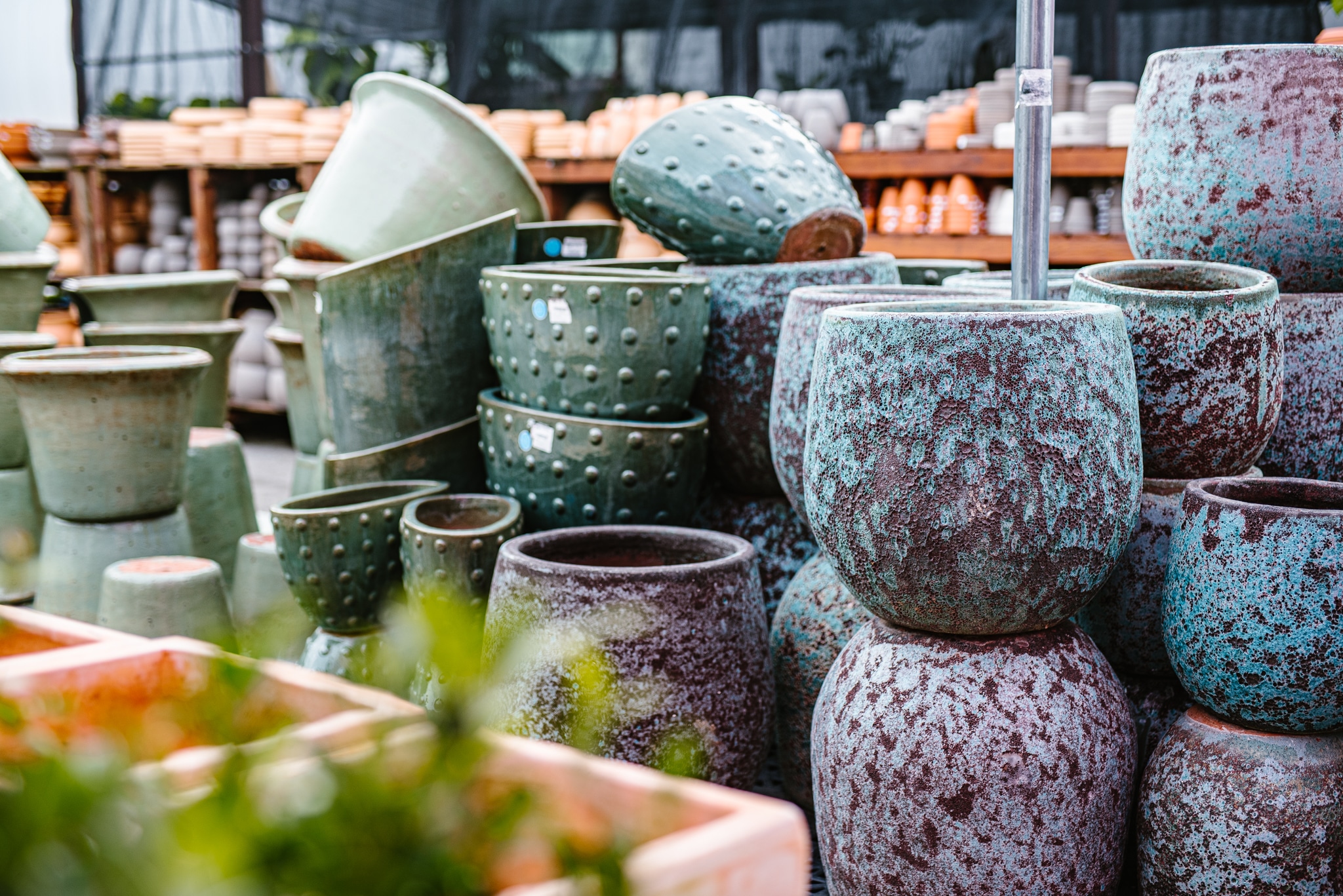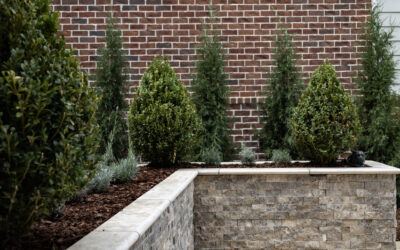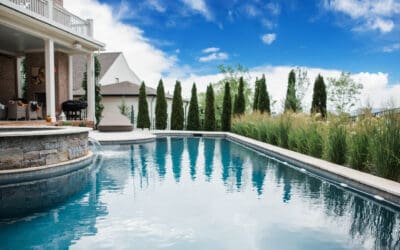Even if you don’t have a personal patch of soil, you can still have a garden. If you have space to plant a garden in the ground, you also want to enhance your porch, patio or deck. That’s the advantage and beauty of container gardening.
But how do you choose the best container for the job? It depends on what you want it to do – fill a nook on your small balcony? Grow a tree on your patio? There’s a pot for every purpose.
Choose your size
Any living thing needs room to grow, so you’ll want a container that provides enough space for roots to spread in the soil. A general rule for a single plant or shrub is to choose a pot that is roughly twice the size of the root ball of the plant you’ll put in it. If it’s too small, the plant’s roots will quickly fill it up; if it’s too large, the roots may struggle to reach the moisture they need, and admit it, a small plant looks awkward in a big, spacious expanse of pot and soil.
Size also depends on whether you’re potting up that single plant, or a container garden with a mix of annuals, perennials or herbs. For an attractive mix, you want a container that is proportionate to the size of the little garden as it matures, and that still provides enough room in the soil for each plant’s roots to absorb the nutrients it needs.
Whatever size is selected, make sure it has a hole to allow water to drain through. Most plants that sit in waterlogged soil will struggle, and likely not survive.
Choose your style
If the look you prefer to cultivate in your space is buttoned-up formal, of course you’ll choose a container that reflects that style – possibly with clean, crisp lines and colors and shapes that match the rest of the landscape and furnishings. If you style is more eclectic, you may go for an assortment of colors and finishes, and they may or may not be similar.
Modern, contemporary style containers may have a sleek finish, unique shapes or bold colors. Garden classics may be in subtle “natural” shades and embellished with simple or ornate details.
In my own garden and patio areas, for example, I have an eclectic mix of pots: tall containers that hold large ‘Kimberly Queen’ ferns in spring, summer and fall, mid-height pots for geraniums or angel-wing begonias, and short, wide bowls that I plant with sedums, or with Creeping Jenny that flows like water over the bowl’s rim. Most of the pots are in shades of blues and greens, but I’m also fond of the look of moss-covered clay pots, so I use those, too, usually planted with annuals and tucked into garden beds to fill empty spaces among the perennials.
Consider the shape & material
When you’re thinking of what shape to use – round, square, rectangular, tapered – consider the spaces where the planted containers will be displayed. Round planters tend to have a more solid, organic feel; square, boxy planters are good for adding symmetry in a garden layout. A rectangular planter may provide the horizontal lines needed in a formal or informal design; gently tapering square or rectangular planters seem to have a softening effect in a variety of style settings. Flat and bowl-shaped planters can be attractive tabletop features.
Glazed ceramic, which is available in a range of textures and colors, is a popular choice for outdoor container gardens. If you plan to leave containers outdoors all year, make sure they are the type that can withstand freezing weather. Large containers are heavy, and very stable in an outdoor setting.
Terra cotta pots, which can be plain or decorative, are porous and provide good drainage. They also dry out more quickly than glazed pots, so you likely will need to water more often. Because of their porosity, terra cotta needs to be moved to a protected location before freezing weather arrives.
Ready to find the perfect pot? Stroll through Gardens of Babylon’s Garden Center to see a wide range of containers of all sizes, from the tiniest clay pot to large, deep containers suitable for a small tree.





